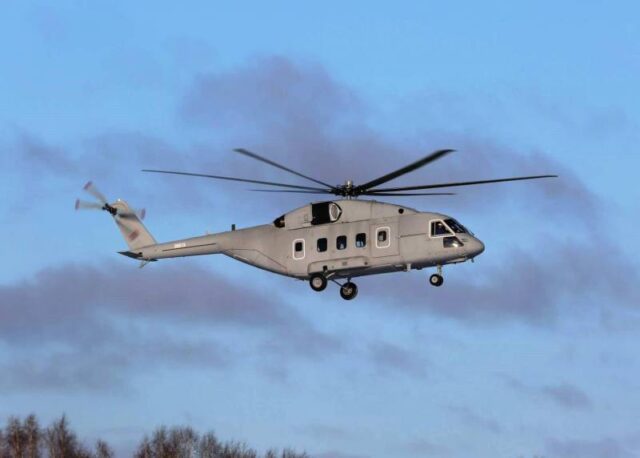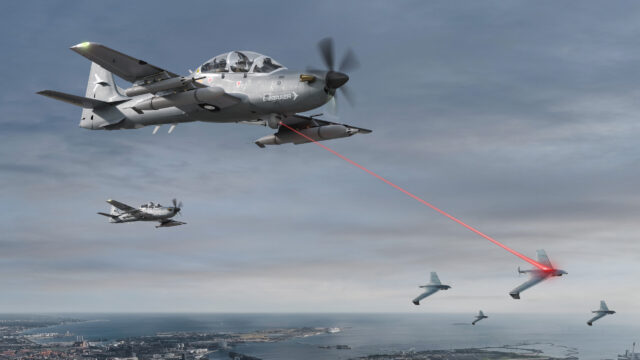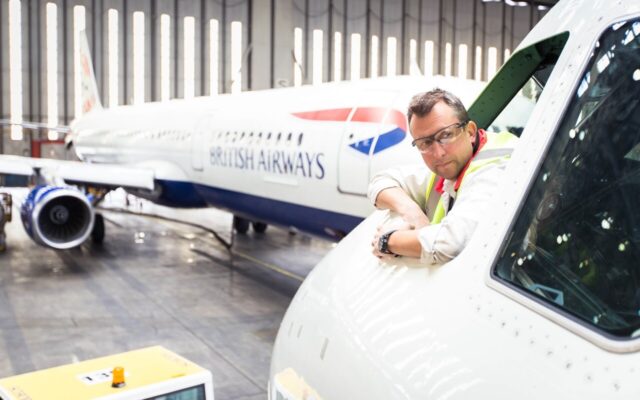Three aircraft participate in the first all-electric Pulitzer Trophy air race

October 17, 2025

Three all-electric aircraft competed for the Pulitzer Prize Trophy at a special event held in Ohio earlier in October. Each of the crewed aircraft took part in a competition to revive the old aviation tradition of air racing.
The event goes back over one hundred years, where a trophy was awarded to the winner that is as iconic as it is legendary among aviators.
The iconic Pulitzer Trophy Race
The Pulitzer Trophy Race dates back to 1920, when aviation groups in the US, such as the Aero Club of America, formed to promote airplanes and show the public that there was a future in aviation. The event later became known as the National Air Races.
For five consecutive years, the organisers used races, including the Pulitzer Trophy Race, to promote the technical advances offered by flying and the possibilities that aircraft could present to the general public.
The original trophy is an Art Deco sculpture in sterling silver that is permanently on display at the Smithsonian Air and Space Museum in Washington, DC.

The club’s successor, the National Aeronautics Association, wanted to mark the event’s centenary by bringing it up to date with the latest aeronautical innovations.
Giving the competition a modern twist, its centenary revival saw electric-powered aircraft compete for the first time to mark the next stage in the development of aviation.
About the 2025 Pulitzer Trophy event in Ohio
Over five days of events at Springfield–Beckley Municipal Airport (SGH) in Ohio earlier in October, the Advanced Air Mobility Institute (AAMI) and the National Advanced Air Mobility Centre of Excellence came together to host an event to celebrate the advancement of aviation.
Aircraft developers, pilots, educators, and students all attended for what the organisers called “a celebration of aviation’s next century.”
This modern revival, said organisers, aimed to accelerate progress in zero-emission flight and public awareness of advanced air mobility technologies.
As reported by Sustainable Skies, Gloria Buillon, a race competitor and also the community integration director for the AAMI, said ahead of the five-day event,
“The goal is to allow communities to see, touch, and experience these aircraft firsthand. Much like the early days of aviation, this is a chance to make history and inspire the next generation of pilots and innovators.”

The weekend of 11 and 12 October featured record-setting electric flights, a STEM education day aimed at engaging young people in sustainable aviation, and ultimately, the world’s first crewed all-electric air race.
On Saturday, the main event saw three aircraft compete in the first-ever Pulitzer Electric Aircraft Race, a closed-circuit contest designed to demonstrate the capabilities of all-electric flight.
The course for the 2025 event replicated the historic format. This featured a 60-nautical-mile triangular circuit flown in staggered heats, with cumulative flight times determining the winners.
Instead of the original sterling silver trophy, pilots received gold, silver, and bronze medallions modelled after the original awards from the 1920s.
The electric aircraft that took part in the Pulitzer race
The three electric aircraft that took part in the event included BETA Technologies’ Alia CX300, flown by Human Factors Engineer, Flight Instructor, and Ferry Pilot at BETA Technologies, Tyler Prather.
Also flying were a pair of Pipistrel Vellis Electro training aircraft, both flown by Air Force Academy students.
Prather completed the fastest laps of the course, flying the BETA Alia eVTOL aircraft. Jakki Gaella finished second in a Pipistrel Velis Electro.

Organisers hoped that the event would highlight the low noise credentials of the electric planes by passing surveys around during the event to gather public reactions.
There was also a louder, more conventional aircraft chasing behind the electric lineup to give a clear comparison to the crowd of onlookers.
Much more than just an air race
The race director for the all-electric Pulitzer Trophy Race, FAA volunteer Scott Neumann, said that the purpose of the race itself was to provide more exposure of electric aircraft to the public to garner a wider acceptance of the type.
He added that another goal of the race was to illustrate to the public that electric aeroplanes are a safe and reliable means of travel.
Neumann is a former US Air Force test pilot and the president of the Astronautics Records Commission for IAF, the Federation Aéronautique Internationale.

Speaking to Aerospace America, Neumann said, “Even today, there are not a lot of people who have actually seen an electric aircraft fly. The travelling public has to be willing to buy a seat on an electric aircraft, and they may look and sound very different from the aeroplanes we are used to.”
Organisers said the event echoed the spirit of the original Pulitzer Trophy races of the 1920s, which helped drive the transition from aviation just being a barnstorming spectacle into a multi-billion dollar aerospace industry that employs tens of thousands of individuals in the US alone.
With several aircraft developers already pledging to return for a larger, similar competition in 2026, organisers hope the event will become an annual fixture in the electric aviation calendar going forward.
Featured image: BETA Technologies
















